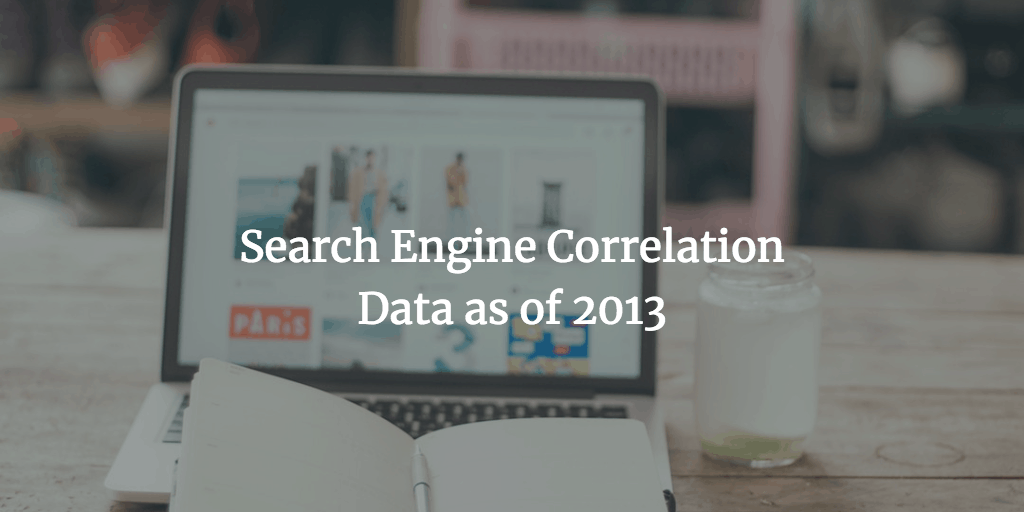I want to offer you a really interesting chart from Moz.com that gives amazing insights on the correlation data in today’s SEO. Though the items in the chart are not exactly ranking factors, they do have some connection and are common among sites that rank high in search results. As Edward Tufte puts it,”Correlation is not causation but it sure is a hint.” And that’s exactly how you need to use the data from the chart. For instance, you’ll find out that there’s a pretty obvious connection between Google rankings and the number of Google+1’s of a particular page. At the same time, Google reps are saying that they are not using this factor in their algo.
Mr. Fishkin’s Videos on Correlation Data
Before you take a look at the actual chart below, you should watch these videos so that you comprehend the info properly. Be sure not to consider correlation as something with direct influence or cut in stone. You just need to imitate the sites or pages that have respective characteristics. OK, I’m not going to steal Rand’s thunder any more, just check the videos first. By the way, the videos are not exactly up to date. so you better pay attention to what correlation is all about in general rather than exact factors Rand highlights in the videos. For example, Google+ seems to have a higher correlation than Facebook now.
Correlation Data for SEO and Social Media Analysis – Part 1 – Whiteboard Friday
Correlation Data for SEO and Social Media Analysis – Part 2 – Whiteboard Friday
So, long story short, it’s all about yellow shoes 🙂
Seriously speaking, I really liked the dolphin analogy. The first dolphin that is leading the gang is usually stronger and has more scars on its body. I guess it’s because his first and he faces issues more and first of all. So, you need to treat correlation data as the dolphin’s scars. They accompany a strong dolphin, but are not necessarily helping it to be a leader.
Now that you know how to treat correlation data, it’s time to check the chart itself.
You can check the original post with the chart right here.
A bunch of takeaways
Page Authority is the most highly correlated metric in the above-mentioned chart. Problem is, it’s pretty hard to influence PA (Page Authority) directly. As a rule of thumb, you need to get more links from other well-linked-to pages.
Also, it seems to be less important to use your target keyword on the page you want to rank high. It’s better to ensure that you use partial keyword match in the external links pointing to your page. In case you have too many external links with exact match anchor text, you can use your keyword just once on your page. That’ll do the trick.
Bottom line
You need to use correlation data as something that’s usually available in highly ranked pages, but it does not necessarily mean that the date represents ranking factors. Just because a metric is extremely correlated does not really mean that Google uses it in its algorithm. So, be cool 🙂
Have you personally noticed any weird or unexpected correlation between highly ranked pages and specific SEO metrics?
Related articles













